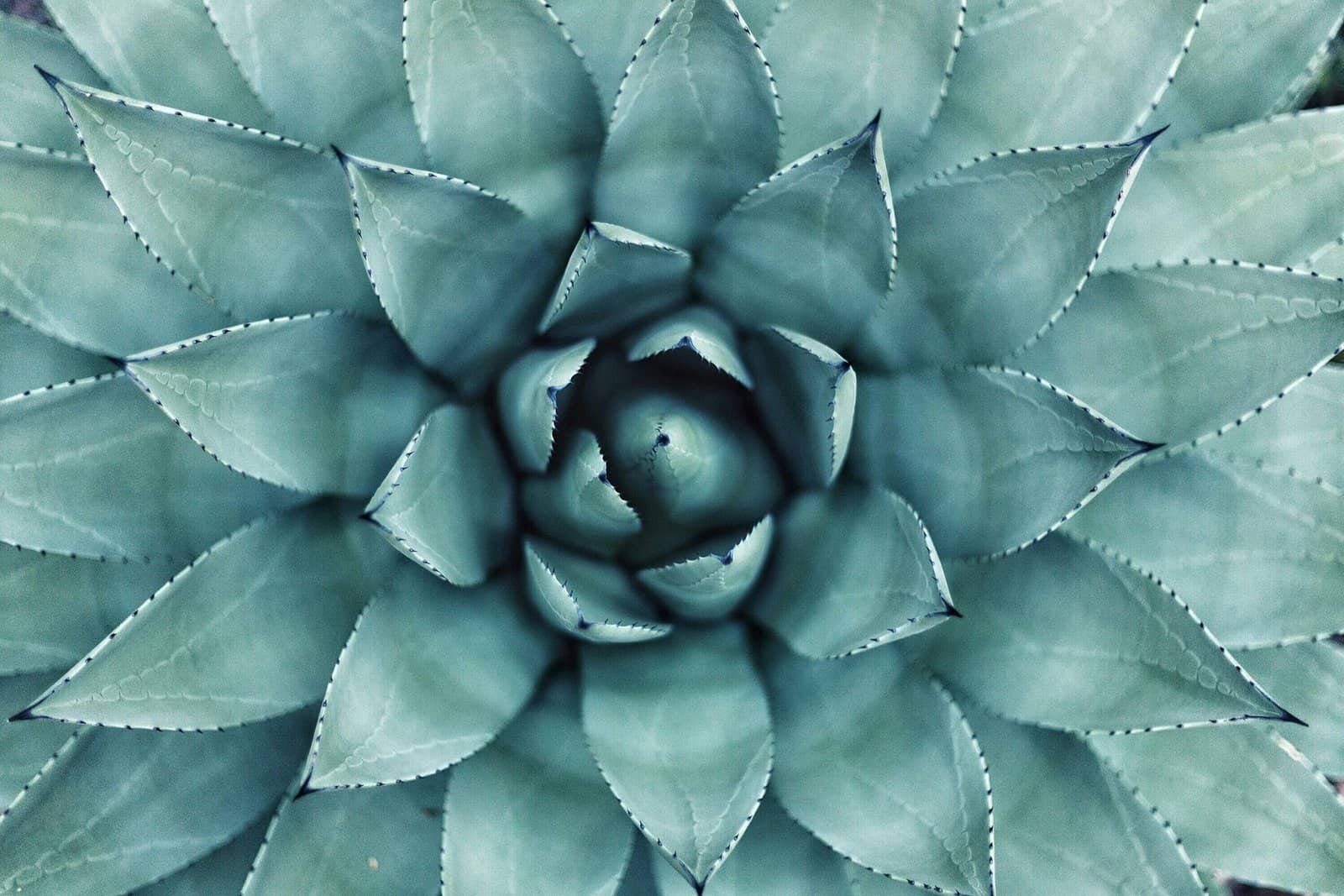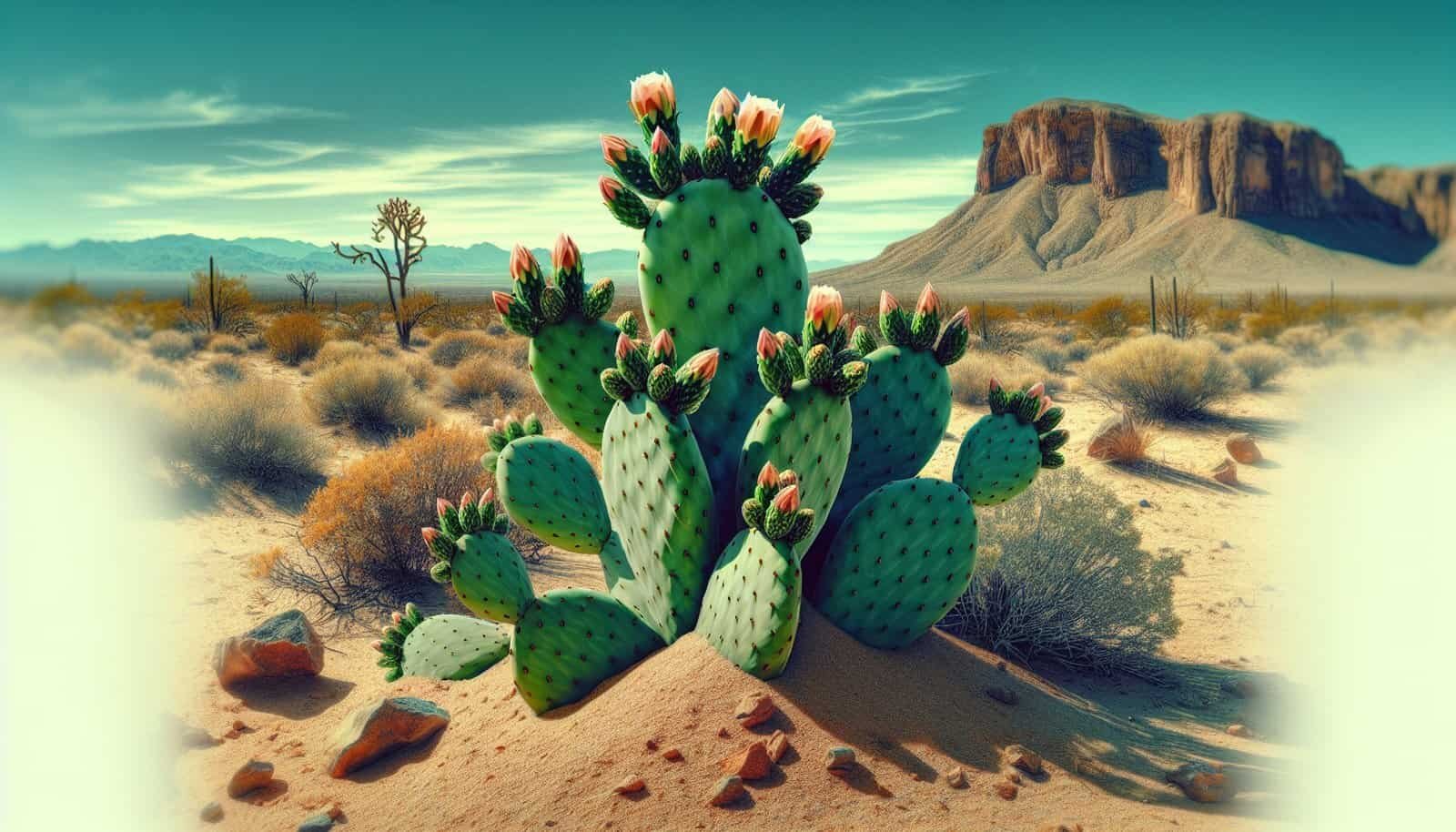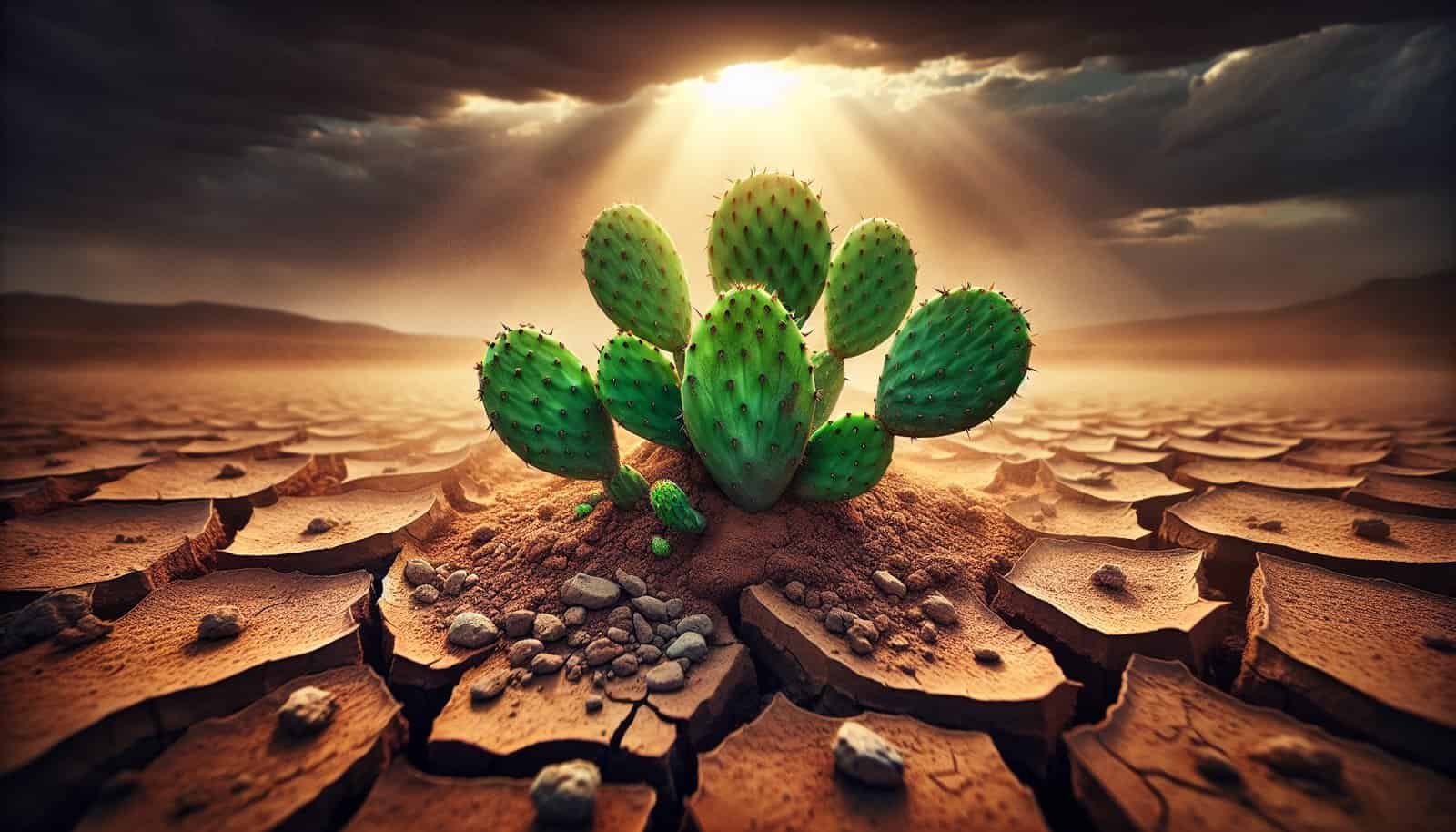Have you ever wondered how to cultivate a thriving Nopal cactus in less-than-ideal soil conditions? Nopal cacti are surprisingly resilient and can flourish with minimal maintenance, making them a delightful addition to your garden. Known for their adaptability, these plants can survive in drought-like scenarios and prove to be a perfect match for gardeners eager to learn how to grow them even in poor soil. This guide is here to help you master the art of nurturing Nopal cacti, providing you with comprehensive insights and practical tips.
Why Nopal Cactus?
Nopal cactus, scientifically known as Opuntia, is a plant that stands out not only for its beauty but for its incredible resilience. It’s a type of prickly pear cactus appreciated for its nutritional value, ability to withstand harsh environments, and its medicinal properties. Cultivating this plant can be a gratifying endeavor, whether you’re interested in its culinary applications or its aesthetic appeal.
Unique Benefits of Nopal Cactus
The Nopal cactus is valued for a variety of reasons that extend beyond its visual charm. This plant is a staple in traditional Mexican cuisine and can be used in numerous dishes. Furthermore, it possesses health benefits such as being rich in fiber, antioxidants, and vitamins. Knowing these benefits might inspire you to grow it at home, bringing both ecological and personal health advantages.
Understanding Nopal Cactus Needs
Before you begin cultivating Nopal cactus, it’s crucial to understand its basic needs. This will ensure you’re providing the right conditions for your cactus to thrive, even in poor soil.
The Natural Habitat
Nopal cacti naturally thrive in arid and semi-arid regions, typically found in environments characterized by hot temperatures, intense sunlight, and well-drained soil. By mimicking these conditions, even if your soil is subpar, you can help your cactus flourish. Understanding the plant’s natural habitat provides essential clues on how best to replicate these conditions in your own garden.
Soil Requirements
While known to grow in poor soil, Nopal cactus still has some preferences. It’s imperative to offer well-draining soil to prevent root rot, which can be disastrous for your plant. If your garden’s soil is clay-heavy or poorly draining, you’ll need to amend it.
Improving Poor Soil
Here’s how you can make adjustments to improve your poor soil:
| Soil Component | Purpose | Recommended Additions |
|---|---|---|
| Sand | Enhances drainage | Coarse sand or perlite |
| Perlite | Aerates the soil | Perlite or pumice |
| Compost | Adds nutrients | Well-rotted compost |
| Grit | Prevents compaction | Small gravel or grit |
Mixing these components helps achieve the desired soil characteristics, allowing your Nopal to access essential nutrients while maintaining proper drainage.
Planting Nopal Cactus
Once you’ve adjusted the soil, it’s time to plant your Nopal cactus. The planting process is straightforward, but attention to detail ensures success.
Choosing the Right Location
Pick a sunny spot in your garden, as Nopal cacti love sunlight. Aim for a location that gets at least six to eight hours of direct sun daily. If you live in an area with scorching sun and high temperatures, a spot with some afternoon shade can protect your plant from excessive heat.
Planting Process
- Prepare the Soil Bed: Loosen the soil in the chosen location, mixing in the amendments discussed earlier.
- Spacing: Place each cactus pad 2 to 3 feet apart to provide ample room for growth and airflow.
- Planting: Set the base of the cactus pad into the soil about an inch deep. Ensure it’s stable and upright.
- Watering: Lightly water the pad once planted. Afterward, water only when the soil is completely dry.
With these steps, you’re on your way to having a thriving Nopal cactus garden.
Caring for Nopal Cactus in Poor Soil
While Nopal cacti are low maintenance, they still need some care to thrive in poor soil.
Watering Needs
Unlike many other plants, Nopal cacti do not require frequent watering. Overwatering is a common mistake, often leading to root rot. Begin by watering every two to three weeks and adjust based on rainfall and humidity in your area.
Watering Tip: Check the soil’s moisture by sticking your finger about an inch into the soil. If it’s dry, you can water.
Nutrient Management
In subpar soil conditions, your cactus might benefit from occasional feeding, even though it can generally thrive in nutrient-poor environments.
Fertilization Guidelines
To support healthy growth:
- Use a balanced, water-soluble cactus fertilizer once in the spring and again in early fall.
- Avoid fertilizers with high nitrogen content, as they can promote unwanted rapid growth leading to weak structures.

Managing Common Challenges
Even with the best care, your Nopal cactus might face some challenges that require your attention.
Pest Control
Despite being hardy, Nopal cacti are susceptible to pests like scale insects and mealybugs. Regular inspection and prompt action can keep these pests in check.
Control Measures:
- Use insecticidal soap or neem oil to tackle infestations.
- Manually remove visible insects with a cotton swab soaked in rubbing alcohol.
Disease Prevention
In poor soil conditions, diseases such as fungal infections might occur. Ensuring good air circulation and proper watering practices can prevent most issues.
Disease Sign: Watch out for black spots or mushy areas, indicating potential fungal infections.
Solution: Remove affected areas and apply a fungicide if necessary, ensuring not to over-saturate the soil.
Harvesting Nopal
Once you’ve successfully grown your Nopal cactus, the next step is harvesting its pads for use.
When to Harvest
The best time to harvest Nopal pads is during the warm months of spring and early summer when the new growth is most vibrant and tender.
How to Harvest
Cut the pads with a sharp, clean knife at their base. Choose bright green, young pads, as older ones tend to be tougher. Remember to wear thick gloves to protect yourself from the spines.
Post-Harvest Handling
Before using Nopal pads in cooking, remove the spines with a vegetable peeler or knife. Rinse the pads thoroughly to remove any remaining sap or dirt.

Additional Uses and Benefits
The utility of the Nopal cactus extends beyond just its aesthetic appeal in a garden.
Culinary Applications
Nopal is a versatile ingredient used in salads, tacos, and stews. Its slightly tart flavor adds a unique touch to different dishes, making it a favorite in cooking.
Medicinal and Health Benefits
Nopal has been a significant part of traditional medicine. It’s believed to help in managing cholesterol levels, aiding digestive health, and providing anti-inflammatory benefits.
Conclusion
Cultivating Nopal cactus in poor soil conditions is both an achievable and rewarding endeavor. By understanding its needs, improving your soil, and following a few straightforward care tips, you’re well on your way to growing a flourishing cactus in your garden. Remember, even a small effort in its upkeep can yield a significant harvest, providing you with beauty and bounty all at once. Whether you’re a seasoned gardener or a beginner, integrating Nopal into your garden repertoire is sure to bring satisfaction and joy.



